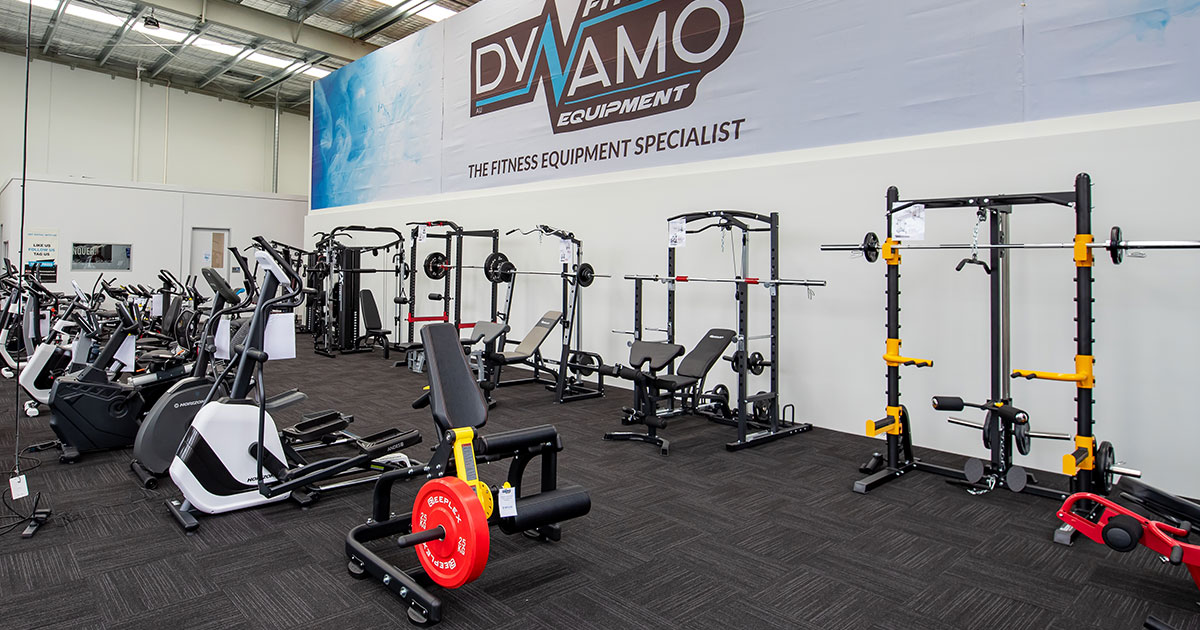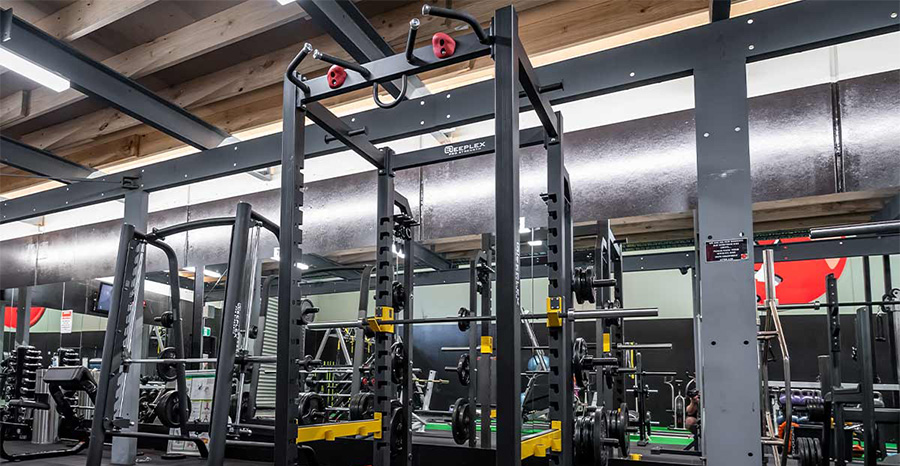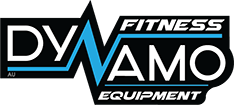
Top 5 Reasons to Use a Power Rack for Heavy Lifts
Power racks for heavy lifters serve a much deeper purpose than simply holding a barbell. When lifters increase their weights beyond a certain point, every rep carries more risk, and every mistake can result in serious injury or stalled progress. At this level, lifters need gym equipment that provides maximum safety, high strength capacity, and unmatched versatility.
As you explore strength goals that involve barbell squats, bench presses, overhead lifts, or rack pulls, your setup should match your ambition. In the sections ahead, you will find five compelling reasons that show why a power rack belongs in every serious lifter’s home gym setup.
Why Heavy Lifters Need a Power Rack?
Heavy lifters face a higher risk of injury during compound movements. According to clinical data, the squat, bench press, and deadlift account for 22 to 32 percent of all powerlifting-related injuries. When lifting loads that challenge your limits, even a slight form break can lead to torn muscles, joint strain, or worse. These movements place enormous stress on the lower back, shoulders, and knees, making injury prevention a critical part of every training session.
This is where power racks make a measurable difference. Unlike open stands or weight benches, a full rack includes built-in safety mechanisms such as safety pins and spotter arms. These features catch the barbell if you fail a lift, removing the need for a human spotter and allowing you to push hard without fear.
From a capacity standpoint, modern power racks meet the demands of elite lifters. Many commercial-grade models support loads between 500 to 1,000 pounds. High-end models go beyond that, with ratings up to 1,500 pounds, which gives lifters room to grow without changing their equipment.
Read Also: Power Rack vs. Squat Rack
Why Power Racks Are the Best Choice for Heavy Lifters
1. Max-Safety Mode for Solo Heavy Sets
Power racks give lifters the ability to train alone without compromising safety. When working with heavy loads, even a small misstep during a squat or bench press can lead to serious consequences. However, integrated safety pins and spotter arms inside a power rack eliminate that concern.
These features catch the bar at a set height if you miss a lift, allowing you to escape safely and recover without external help. Dynamo Fitness racks include these features as standard, offering peace of mind to those who push their limits without a training partner.
With a rack in place, you can attempt personal records knowing the equipment will protect you at every stage of the lift.
Here’s how this plays out in practice:
- A lifter attempts a 200 kg back squat during a heavy day.
- Midway through the ascent, the bar stalls due to fatigue.
- Instead of collapsing or risking injury, the lifter lowers the bar slowly onto the safety bars.
- Within seconds, the weight rests securely on the pins. The lifter steps out unharmed and resets.
2: Built for Progressive Overload and Ultra-High Loads
Strength gains come through consistent effort and gradual weight increases, a method known as progressive overload. As you add weight to each lift over time, your body adapts and builds more power. However, this method only works if your equipment can support that progression.

Many low-tier racks max out at 800 pounds, which creates a cap that limits future gains. For elite lifters or those working toward advanced totals, this limitation stalls progress before it begins.
In contrast, Dynamo Fitness racks, including the Reeplex Cage, support up to 450 kilograms—or around 990 pounds—giving you more room to grow without changing your setup.
To understand the value of a high-capacity rack, consider the path of a structured strength program:
- Week 1: 150 kg squat
- Week 3: 175 kg squat
- Week 5: 200 kg squat
- Week 8: 250 kg squat
Each phase demands a rack that can withstand the load without shaking, tipping, or bending. With the wrong equipment, those numbers stay locked behind fear and limitations. However, with a strong foundation, you unlock your full potential without interruption.
Racks with ultra-high load ratings provide the structure needed to scale safely, support long-term strength development, and meet your goals without compromise.
3. All-Compound Variety — Squats, Bench, Overhead, Rack Pulls and More
A power rack creates a full-body training system that allows you to target every major movement pattern with confidence. From squats to presses to pulls, a well-designed rack accommodates a wide range of exercises that strengthen multiple muscle groups.
Instead of cycling through different machines or setups, you train in one place with full control over your environment. This level of versatility brings both convenience and efficiency to your workouts.
At Dynamo Fitness, power racks come with optional attachments and power rack accessories that expand functionality. You can turn a standard rack into a complete training hub with:
- Lat pulldown stations for upper back and arm strength
- Dip handles for chest, triceps, and core development
- Plate storage for better organization and loading speed
- Multi-grip pull-up bars to train your upper body with variation
4. Train Heavy Anywhere, Anytime Without a Spotter or Waiting Room
Heavy lifters often prefer to train in private spaces where they can focus, control their pace, and eliminate distractions. However, without a spotter, many lifters hesitate to attempt maximal lifts. This concern disappears once a quality power rack enters the picture.
With built-in safety features, such as adjustable spotter arms and catch pins, a lifter gains full control over the outcome of each set, even during solo workouts.
Training solo becomes more than possible—it becomes efficient. There’s no need to wait for a friend, a coach, or even an open bench at a busy gym. Everything runs on your schedule. In fact, setting up a lift inside a power rack takes about one minute.
You adjust the safety arms, set the J-hooks, load your plates, and begin. Compare that to waiting five to ten minutes for a spotter to finish their own workout or for a commercial gym to free up space. Over time, this adds up to hours of reclaimed focus, control, and productivity.
5. Long-Term Investment and ROI for Strength Trajectories
Strength takes time to build, which means the power rack you choose must stay with you for years. A power rack does not lose value after a few months—it grows with you. When viewed through the lens of long-term investment, a high-quality rack delivers significant returns.
For example, a $2,500 rack used three times a week for two years adds up to over 300 sessions. That brings the cost per session to around $4.20. For many lifters, this beats most gym memberships in both price and convenience.
Dynamo Fitness offers a range of rack packages that match different budgets and goals. Entry-level setups start near $400, while premium packages that include full benches, Olympic plates, and cable attachments reach $2,249.99 and above.
These kits cover everything needed for advanced compound training and eliminate the need to piece together equipment over time. This upfront value pays off fast, especially when paired with consistent training.
Conclusion
Squat racks for heavy lifters create the foundation for consistent strength training without compromise. Lifters who value performance, security, and smart investment choose racks built to handle heavy loads and future goals.
For the serious heavy lifter who refuses to compromise on progress or safety, a power rack from Dynamo Fitness is a must. Browse our Power Rack Packages or visit your nearest Dynamo Fitness showroom to experience elite strength training equipment, tested and trusted by professionals.
[sp_easyaccordion id=”5925″]
